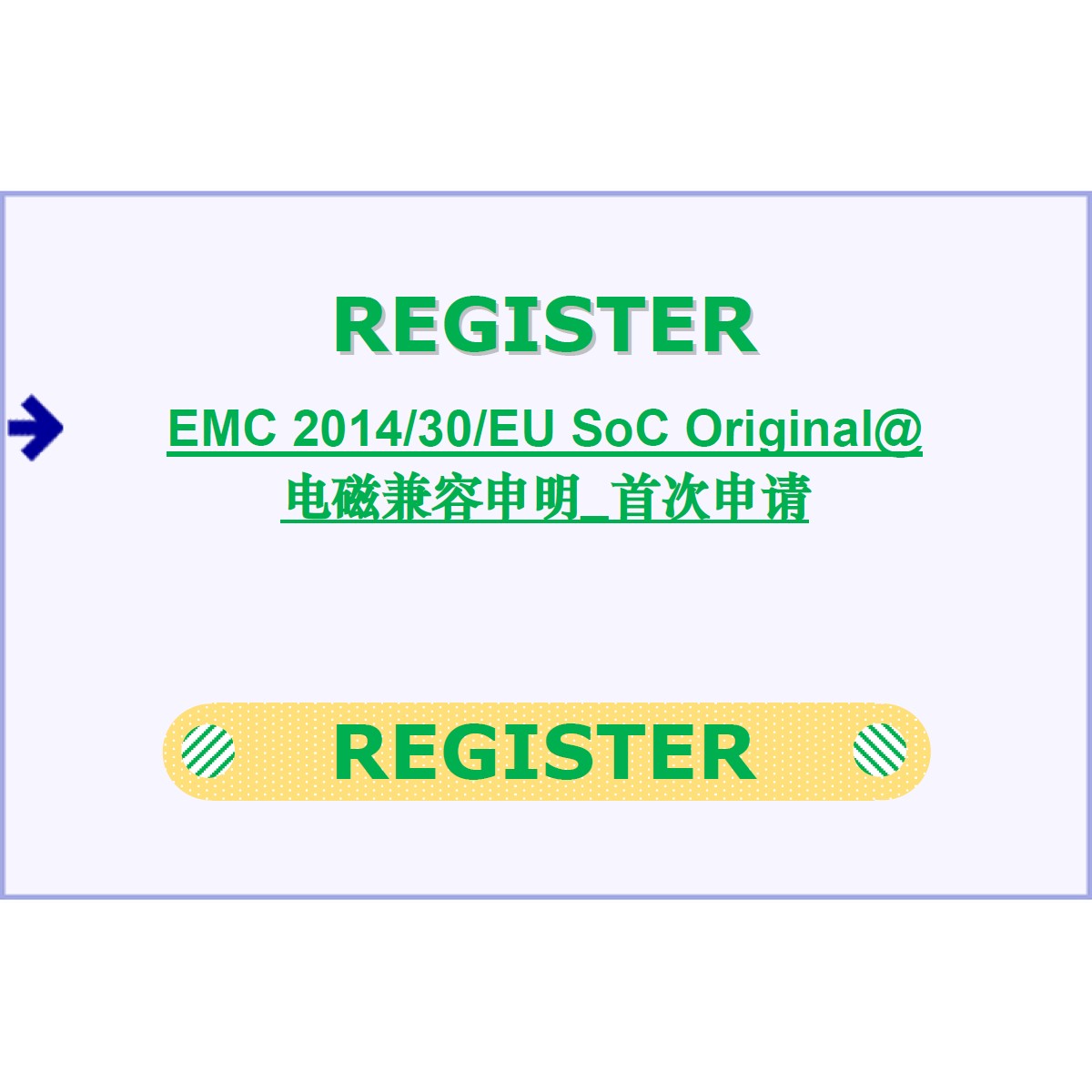EU EMC Electromagnetic Compatibility FAQ
Electromagnetic Compatibility (EMC) Directive
All electric devices or installations influence each other when interconnected or close to each other, e.g. interference between TV sets, GSM handsets, radios and nearby washing machine or electrical power lines. The purpose of electromagnetic compatibility (EMC) is to keep all those side effects under reasonable control. EMC designates all the existing and future techniques and technologies for reducing disturbance and enhancing immunity.
The electromagnetic compatibility (EMC) Directive 2014/30/EU ensures that electrical and electronic equipment does not generate, or is not affected by, electromagnetic disturbance.
The EMC directive limits electromagnetic emissions from equipment in order to ensure that, when used as intended, such equipment does not disturb radio and telecommunication, as well as other equipment. The directive also governs the immunity of such equipment to interference and seeks to ensure that this equipment is not disturbed by radio emissions, when used as intended.
The main objectives of the directives are to regulate the compatibility of equipment regarding EMC:
- equipment (apparatus and fixed installations) needs to comply with EMC requirements when it is placed on the market and/or taken into service
- the application of good engineering practice is required for fixed installations, with the possibility that competent authorities of EU countries may impose measures in instances of non-compliance.
Legislation
The (EMC) Directive 2014/30/EU was published in the Official Journal of the European Union L 96/79, 29 March 2014, and repealed Directive 2004/108/EC as from 20 April 2016.
This directive is aligned to the new legislative framework policy and will keep the same scope as Directive 2004/108/EC.
Guidance
Standardisation
European harmonised standards are developed by the European standardisation organisations (ESOs) following a mandate issued by the European Commission. The EMC directive also requires publication in the OJEU of the references to these standards in order for them to be harmonised and so provide for a presumption of conformity.
Mandates
| M/552 - general mandate for harmonised standards under EMC Directive 2014/30/EU |
△ The above picture and text are from the Internet. If there is any infringement, please contact us in time and we will delete it immediately.
As the first global market access digital platform, BWTCmall.com offers a new and unprecedented online service experience for its many users.
As a technology-driven company, BWTCmall.com is committed to developing a powerful and scalable platform that not only enables global manufacturers to quickly and accurately find the best way to reach the global market, but also to experience cost-effective cutting-edge technology and services. Let the global market access market truly enter a virtuous circle of fairness, objectivity, harmony and win-win.
Please visit the solution for get your best way of testing and certification / approvals to the target market.










